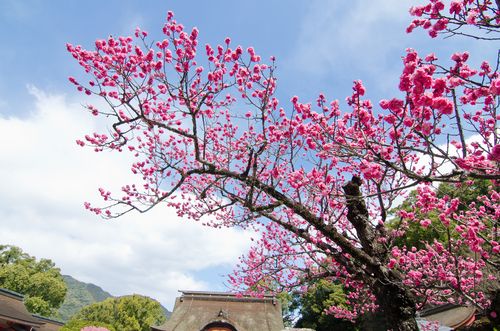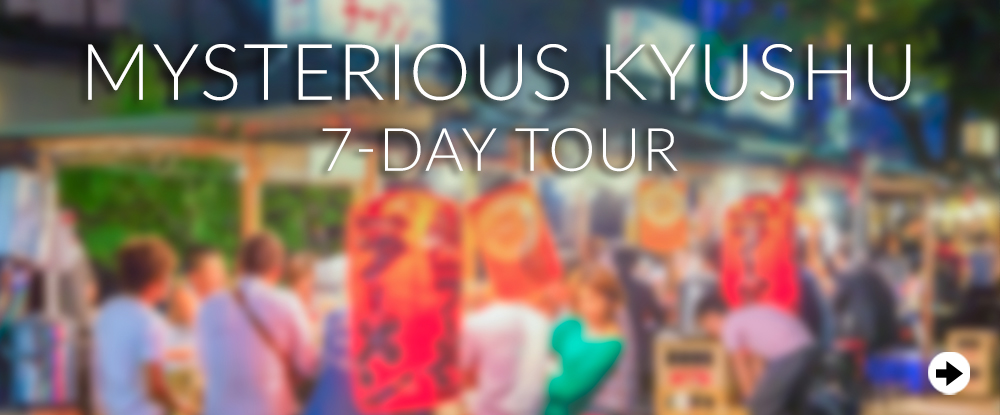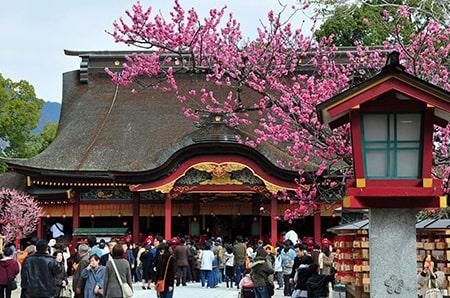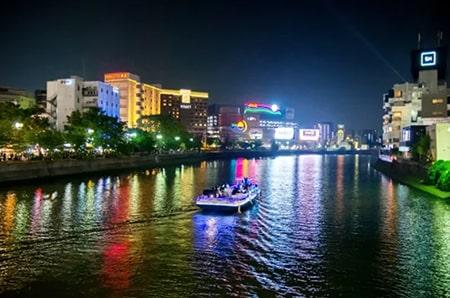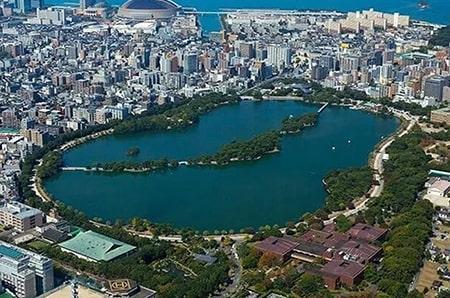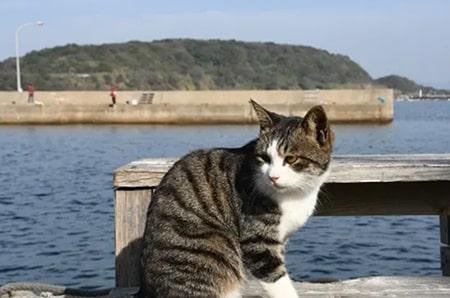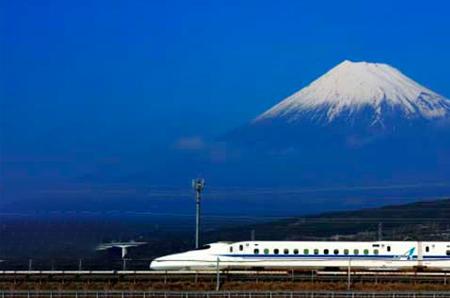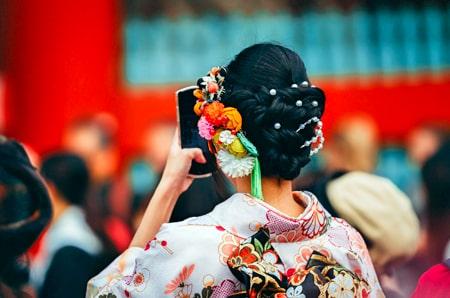Fukuoka, Japan Jan. 22 Wed 9:51PM
Dazaifu was a politically important city in Japan for thousands of years, with the very deep-reaching history and culture to match. Located in Fukuoka Prefecture, Dazaifu is a hub for many historical tourist attractions that stand as monuments to it’s importance throughout various eras of history.
Kyushu National Museum
While it may have never contained a capital city like Nara, Kyoto, or Tokyo, Kyushu has long been a place of change, upheaval, and diversity in Japanese history. Explore that legacy at this museum, which showcases the rich history of Kyushu from prehistory to the Meiji era, particularly through ceramic artifacts. The space conducts its conservation work on-site, and is the conservation work host for most other museums in Western Japan.
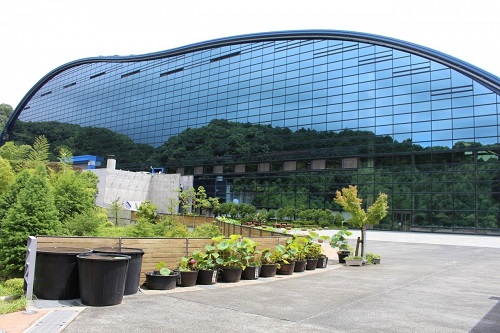
Government Office Ruins
When Dazaifu lost its political influence, its compendium of administrative buildings were destroyed. These ruins, about a ten minute walk from Tofuromae Station, are now part of a public park, and a reminder of what once was, yet whose traces remain.
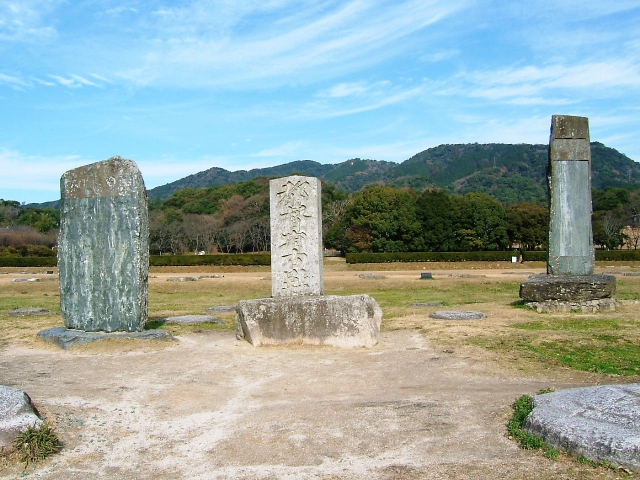
Komyozen-ji
Founded in 1273, this Zen temple is known for having the only Japanese rock garden in Kyushu. The rocks of the front garden are arranged to form the Japanese character for “light.” It's a favorite for fans and followers of Zen.
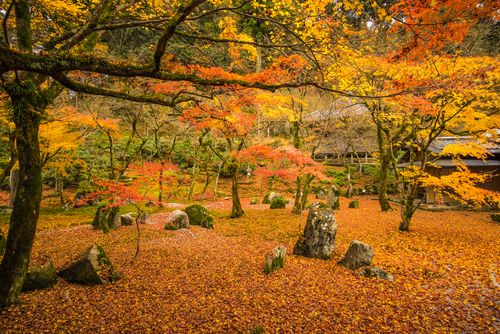
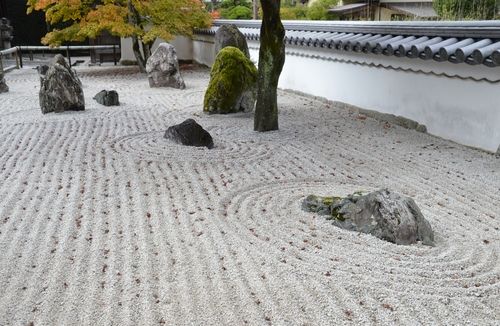
Kanzeon-ji
Kanzeon-ji is a Buddhist temple that was once considered the most important temple in Kyushu. Its bell was dubbed a National Treasure by the Agency of Cultural Affairs and is one of the 100 Soundscapes of Japan according to the Ministry of the Environment.
Dazaifu Tenman-gu
This temple is a Shinto shrine and hosts one of the main shrines dedicated to Tenjin: the Shinto kami of scholarship, who is associated with the Heian era scholar and poet Sugiwara Michizane. He was exiled late in his life for political reasons, and after his death, many natural disasters ravaged Japan. The people of the time thought his spirit was causing the disasters out of anger for his poor treatment, and began making offerings to his spirit, which is how the many shrines dedicated to him started appearing in Japan, and this is the grandest of them. One of the ponds in the garden, Shinji Ike, was constructed to resemble the Japanese character for “heart.”
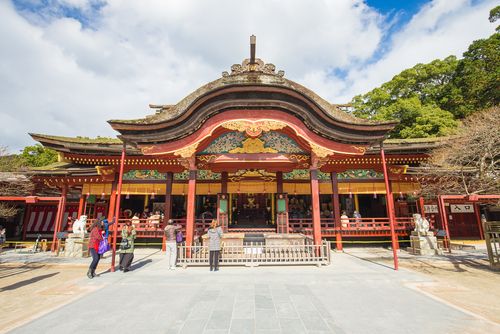
The shrine also hosts 6,000 ume or Asian plum trees.
